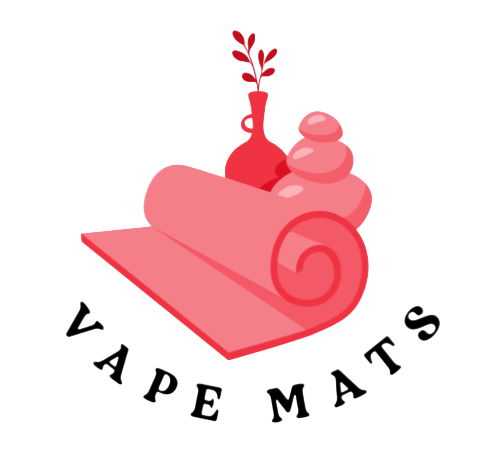CNC programmers that employ dynamic toolpaths may achieve top quality results, while also cutting down the time required to cut with air as well as cycle time. The techniques can increase the efficiency of the machine.
PSO is an algorithm for social networks that takes an optimal path by balancing exploring and exploitation.
Efficiency Strategies
An instrument that has an unoptimized route may cause more trouble to cut each piece than necessary. The machine is likely to be more worn, consume greater energy, and may have shorter lifespan. An optimized toolpath, however it ensures that the tool will only cut the amount of material and reduces the cycle time and energy usage.
A third factor to consider is the capability of minimizing the force deflection. This helps to avoid damage to the machine and impact the durability of the piece. To achieve this many different techniques are employed.
Genetic algorithms, such as Adaptive Convergence Optimization (ACO) and Particle Swarm Optimization (PSO) employ concepts drawn from natural selection and evolution to optimize the tool paths by mixing and modifying routes that are efficient. This approach is frequently used to design toolpaths using complex geometries. These could otherwise be difficult to achieve. ACO and PSO are also able to detect positioning problems (e.g., RAPID motions that cut into existing stocks) and reduce these movements down to a scheduled feed rate to protect the machine.

Optimizing Toolpaths
Different types of tool path optimization strategies offer numerous benefits, including optimizing efficiency, cutting down costs and enhancing precision. Optimizing your tool paths dynamically will help you reach your targets, regardless of whether you want improving cycle time and surface finishes or spindle lifespan.
The algorithms search for the optimal path through iterations, or “generations”. They look at the machining conditions and parameters of your machine to choose the best path for the job at hand.
Automated algorithms are able to learn through interaction with the machining process. They alter the path of machining and are continuously improved with time. The algorithms are able to adapt to the changing requirements of the actual machine, which results in a more efficient overall toolpath which improves the efficiency and reliability of aerospace and medical equipment. Furthermore, it improves machining performance by reducing energy usage of the tool. This can save companies money as well as enables them to present quotes that are competitive in an industry where prices are highly variable.
Techniques
CNC machining is complicated and labor-intensive, however advancements in toolpath optimization are making the process faster and more accurate. The manufacturing industry can improve its efficiency and accuracy by using algorithms like the genetic algorithm, particles swarms, and ant colony.
Innovative Algorithms
Genetic algorithms use the principles of natural selection to determine the most efficient tool paths which allow for adjusting the paths every time to make improvements upon its predecessor. Swarm intelligence programs like ACO and PSO draw inspiration from swarm behaviors, like those of bird flocks and fish schools, to optimize the way. These algorithms are excellent at discovering the ideal balance between exploring and exploitation. This works well in dynamic settings like a machine shop.
Reinforcement learning optimizes the toolpath by focusing on the achievement of particular goals like cutting out over-cuts or reducing the pressure upon the cutter. They learn through analyzing cat cnc theo yeu cau information and communicating with the machining process and continuously enhancing the toolpath based on the real-time feedback.
Benefits
Using advanced CAM software to improve the tool path helps achieve massive improvements in machined parts accuracy. This improves the quality of important medical and aerospace components and expands the range of potential designs that can be produced.
Tools that aren’t optimized may move from hit to hit or arrange hits in a non-efficient manner. The resulting program often looks chaotic and unorganized. The path that is optimized using neat rectangles and short leaps is a good way to avoid traverses which are unnecessary or minimize the length overall of the path.
VERICUT force optimization reduces cycle times by eliminating unnecessary huge movements, as well as slowing the rate of flow as it enters and exits the material. Users are able to operate CNC machines at a faster speed while maintaining most efficient rate of feed. This allows users to increase production and save money by reducing the amount of time they spend on their equipment and the operator. By using the right method of tooling, shearing force will be applied to the material most effectively.
